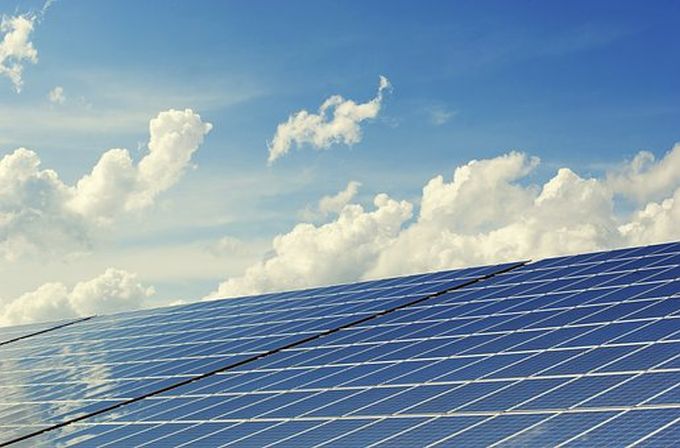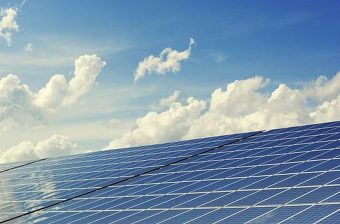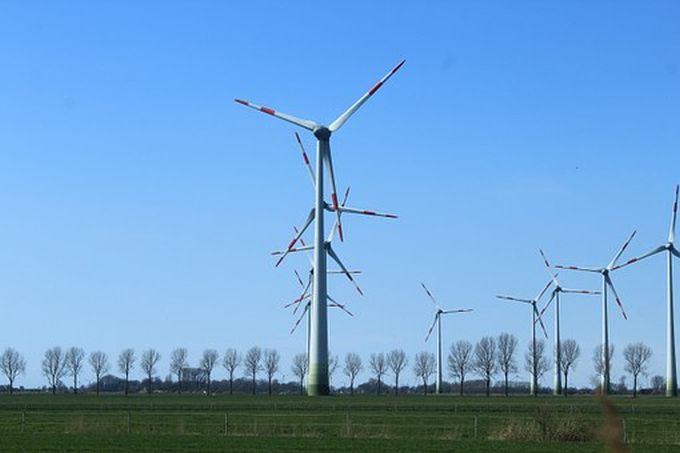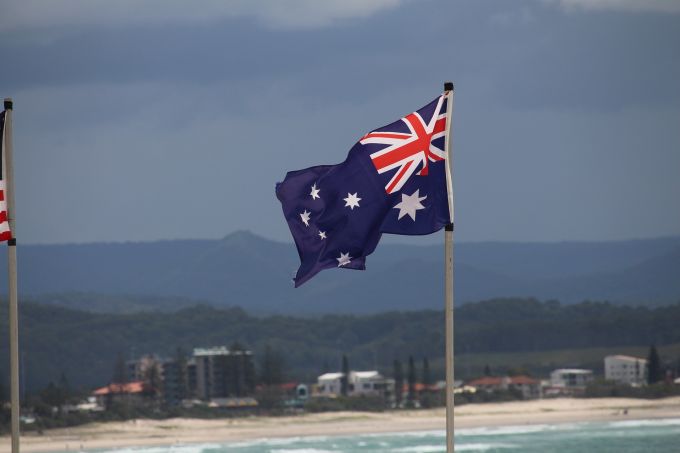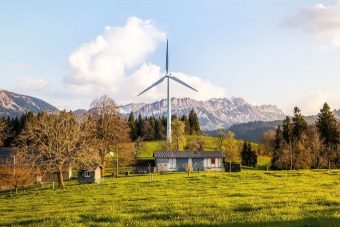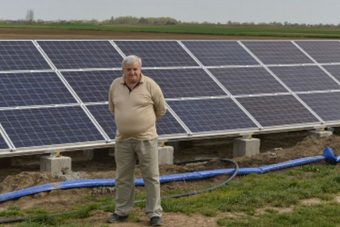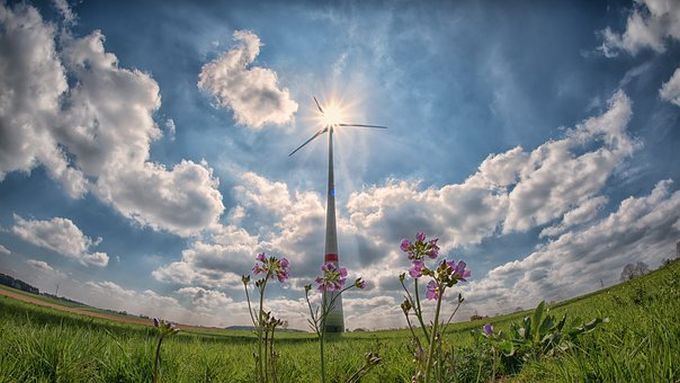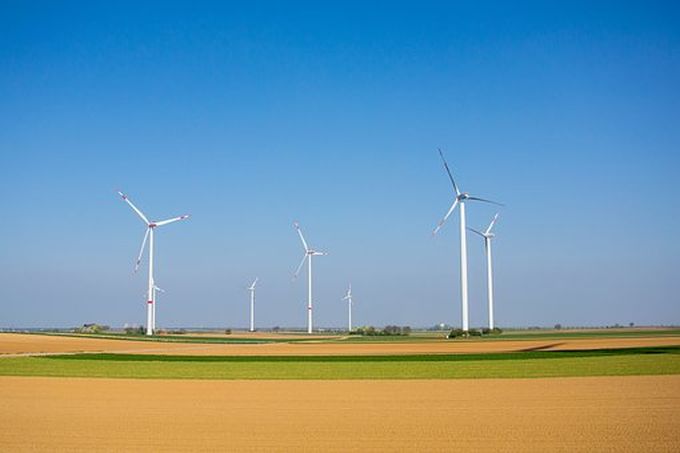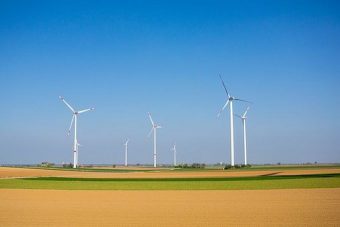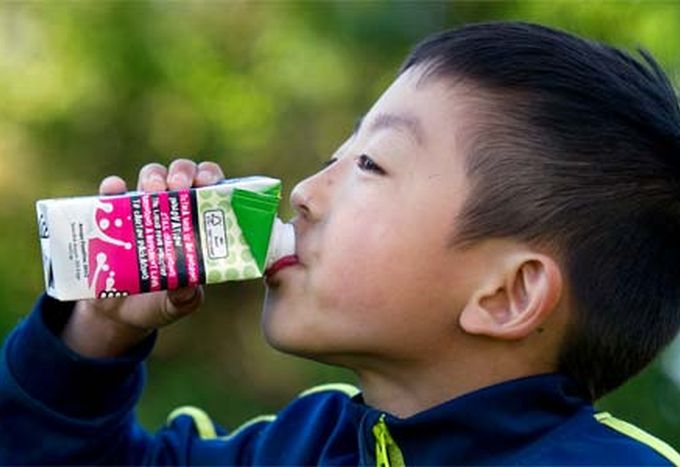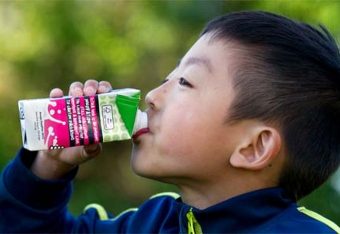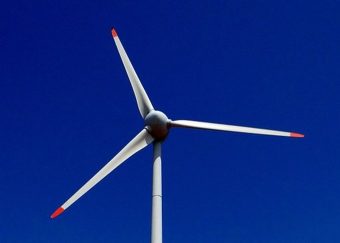
The East Asian island plans to invest 684 billion New Taiwan dollars ($22.7bn) as part of the nation’s 8 year plan to boost wind generated electricity to 4,200 megawatts (MW) by 2025.
Taiwan’s Ministry of Economic Affairs (MOEA) has released the details of the country’s 8 year green energy development plan, which aims to completely phase out nuclear power plants by 2025.
To meet this ambitious goal, Taiwan plans to increase the share of renewables in the nation’s power mix from 4.8 per cent to 20 per cent over the next 8 years.
At the same time, the country will decrease reliance on coal power plants from 45.4 per cent in 2016 to 30 per cent by 2025.
MOEA will invest a total of $22.7 billion to increase electricity generated from inland wind farms to 1,200 MW and offshore wind farms to 3,000 MW by 2025.
The hope is that this initial investment will stimulate private sector contributions of up to $478 billion New Taiwan dollars ($15.9bn) from 2017 to 2024.
Lin Chuan-neng, Director-General of Bureau of Energy under MOEA, projects that the return on investments for offshore wind investors will be around 3 to 5 per cent.
He went on to detail that the government will offer a 20 year guarantee to private investors.
Within the 684 billion New Taiwan dollar investment, $7.76 billion New Taiwan dollars ($258m) will be dedicated to additional investments in the Kaohsiung and Taichung port offshore wind turbine industry zones, added Lin.
Specifically, the marine technology park in Kaohsiung will receive $5.5 billion New Taiwan dollars ($183m) under the special budget, while Taichung City will receive $2.8 billion New Taiwan dollars ($93m) from 2016 to 2024.
The government will also set aside a sum of $1 billion New Taiwan dollars ($33m) for the construction of an offshore wind turbine verification system and database, while state-owned electric utility company Taipower will spend $197.5 billion New Taiwan dollars ($6.6bn) on the development of wind farm infrastructure from 2016 to 2024.
Source: climateactionprogramme.org


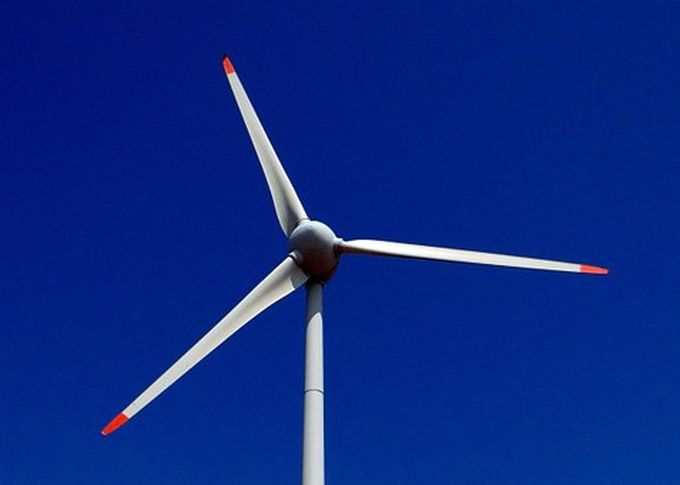

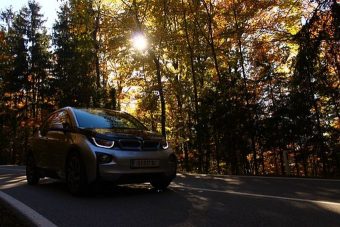
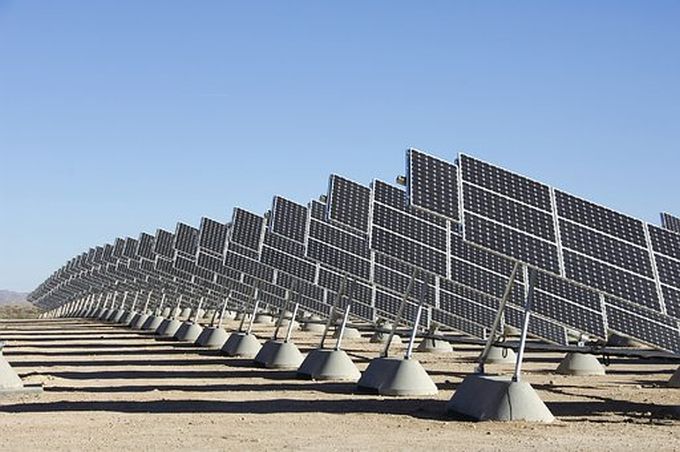


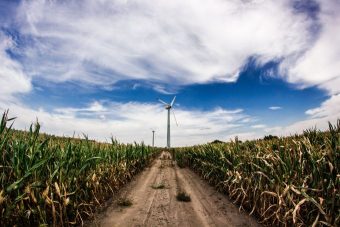

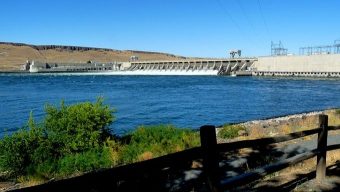

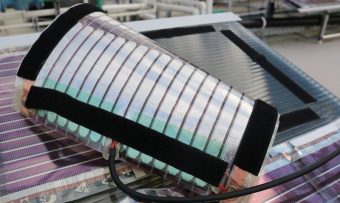

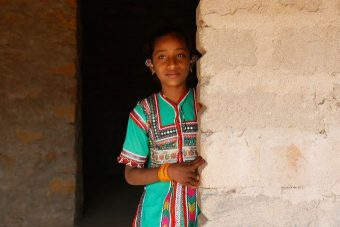
 The solar pumps also run cleaner than diesel pumps. Diesel exhaust contains fine particles which can enter the lungs and bloodstream, creating respiratory problems, heart disease, and even premature death. Other chemical components in diesel exhaust are known carcinogens. Even in India’s rural areas, fine particle pollution can be four to five times higher than national air quality standards.
The solar pumps also run cleaner than diesel pumps. Diesel exhaust contains fine particles which can enter the lungs and bloodstream, creating respiratory problems, heart disease, and even premature death. Other chemical components in diesel exhaust are known carcinogens. Even in India’s rural areas, fine particle pollution can be four to five times higher than national air quality standards.